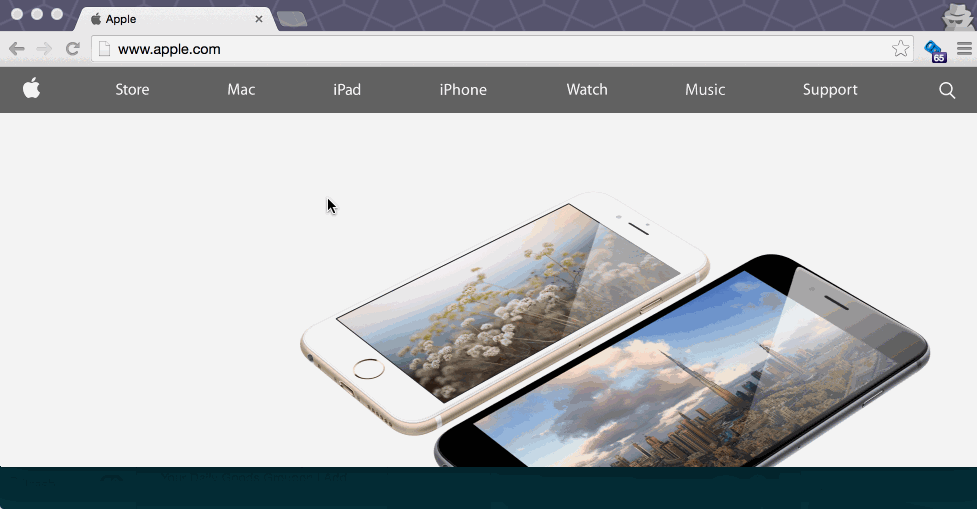Mockpy is a python command line utility to create development mock servers under Mac OS X easily.
Mockpy is inspired by wiremock and uses libmproxy for the proxy functionality. Mockpy works by reading a list of configuration files in the YAML format, it uses these configurations to match the HTTP request received and return an http response based on the matched YAML file configuration.
- You want a very lightweight utility to quickly create a mock API
- No need to edit your app code as it uses proxy mocking
- Works on top of proven technology (mitmproxy and cherrypi)
- Update to the mock API are picked up from files without the need to start/restart the server again.
- It works correctly with other network proxy debuggers like Charles.
- It creates HTTP and HTTPS proxies, for HTTPS read here.
Mockpy can be installed as a python wheel using pip, as a standalone binary using homebrew, or by downloading the archived binary from release.
Install using brew tap
brew tap oarrabi/tap
brew install mockpy
Make sure you have pip installed.
Run the following to install mockpy
pip install mockpy
It takes less than a minute to create a mock server with mockpy, check this demo.
Bellow is a description of the basic operations that mockpy provides, for a more comprehensive list, please refer to the wikis.
Initialize a the current folder by running:
mockpy init
This will create two folders:
inout: this folder will contains a list of mapping YAML files, each YAML file represents an request and response operation.
res: resource folder contains the static HTML, JSON, Images and static files returned as part of the mocking process.
To understand the YAML file format, please refer to the documentation.
request:
method: GET
url: .*sample/matching.*
response:
status: 200
body: hello world
The above catches all the GET request that has sample/matching in its URL, and returns the status 200.
Requesting http://localhost:9090/sample/matching returns a response with "hello world" in its body.
More information about the YAML request/response check out the wikis.
The mock server can be started as a standalone web server, or as a proxy server.
Use mockpy start to start the standalone web server, this will setup a server on the default port. Visit 127.0.0.1:9090 to check the mock server.
To start mockpy in proxy server mode use mockpy start -x. This command does the following:
- Starts a proxy server on '127.0.0.1:9090'
- Sets the macs HTTP/HTTPS settings to the created proxy server.
Mockpy contains a documentation that can be accessed following this link.
Running mockpy with in web-proxy mode with mockpy start -x changes mac web proxy to the newly created proxy. Mac proxy settings are then reset when mockpy exits.
If you end mockpy unexpectedly, such as closing the terminal window, mockpy has no way of resetting the mac proxy. In order to reset them again to their defaults run:
mockpy cleanup
Mockpy is still under development, the following is a list of tasks and improvement it still lacks:
- Create a better documentation
- Devise a proper mechanism to format the printed HTTP request and response.
- Provide more command line flags options
